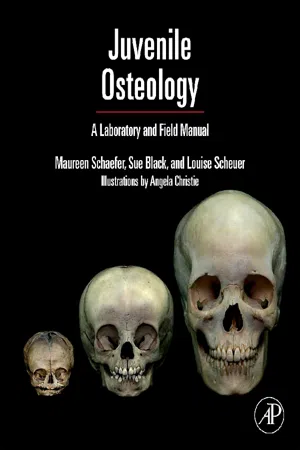
Juvenile Osteology
A Laboratory and Field Manual
- 384 pages
- English
- ePUB (mobile friendly)
- Available on iOS & Android
About this book
The need for a laboratory and field manual to assist with the evaluation of juvenile skeletal material is long overdue. This resource is essential for the practising osteoarchaeologist and forensic anthropologist who requires a quick, reliable and easy-to-use reference to aid in the identification, siding and aging of juvenile osseous material. While excellent reference books on juvenile osteology are currently available, no pre-existing source adequately fills this particular niche in the market. This field manual is designed with practicality as its primary directive. Descriptions of each bone contain 1) morphological characteristics useful for identification, 2) other elements with which the bone may be confused, 2) tips for siding, 3) illustrations of varying developmental phases, 4) data useful for ageing, and 5) a summary of developmental timings. Concise, bullet-style descriptions assist with quick retrieval of information.Unique to this manual is the presentation of data collected from a variety of populations, utilizing a range of observational methods, as an alternative to providing one overall aging summary that is derived from a compilation of many individual sources. This manual provides a host of data on a variety of populations to enable the user to select the reference most applicable to their needs. The final chapter combines information from each bone to provide a summary of developmental changes occurring at different life stages to act as an immediate 'ready reckoner' for the knowledgeable practitioner. It also provides forms useful for documenting juvenile material and diagrams to help with the recognition of commingled juvenile remains. The manual is a must for anyone responsible for the evaluation of juvenile osseous material through dry bone assessment, radiographs, sonograms, and or CT scans.- Identifies every component of the developing skeleton- Provides detailed analysis of juvenile skeletal remains and the development of bone as a tissue- Summarizes key morphological stages in the development of every bone- Provides data on a variety of populations to enable the user to select the reference most applicable to their needs- Focuses on practicality, with direct, bullet style descriptions- Provides forms for documenting juvenile material- Provides diagrams to help with the recognition of commingled juvenile remains- Final chapter provides summary of developmental changes occurring at different life stages to act as an immediate 'ready reckoner' for the practitioner
Frequently asked questions
- Essential is ideal for learners and professionals who enjoy exploring a wide range of subjects. Access the Essential Library with 800,000+ trusted titles and best-sellers across business, personal growth, and the humanities. Includes unlimited reading time and Standard Read Aloud voice.
- Complete: Perfect for advanced learners and researchers needing full, unrestricted access. Unlock 1.4M+ books across hundreds of subjects, including academic and specialized titles. The Complete Plan also includes advanced features like Premium Read Aloud and Research Assistant.
Please note we cannot support devices running on iOS 13 and Android 7 or earlier. Learn more about using the app.
Information
Chapter 1. The Head and Neck

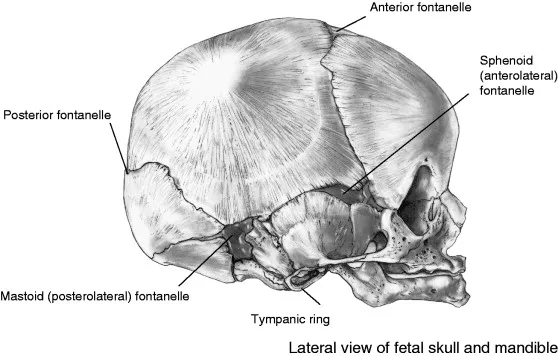
The Fetal Skull
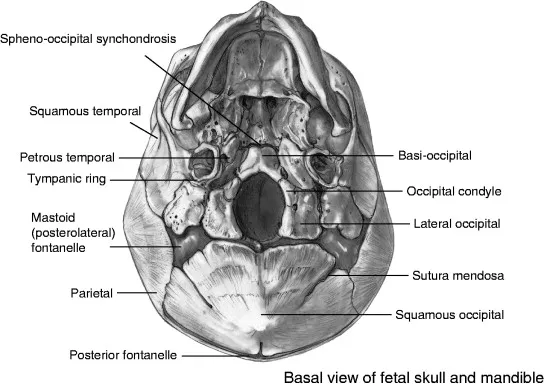

The Occipital
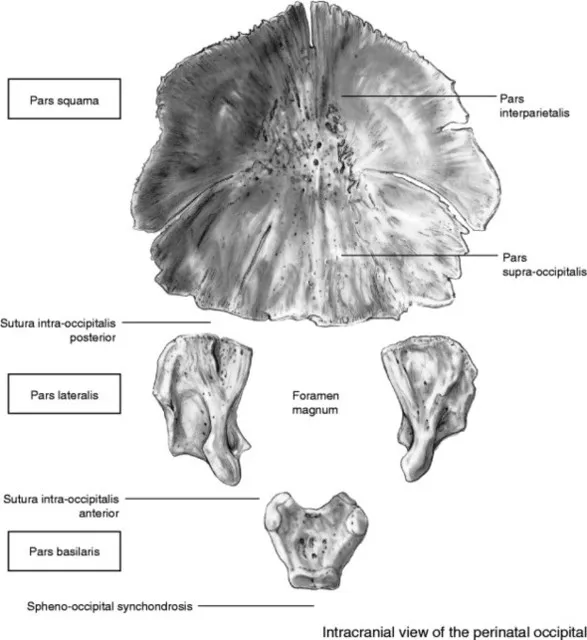
Pars Squama
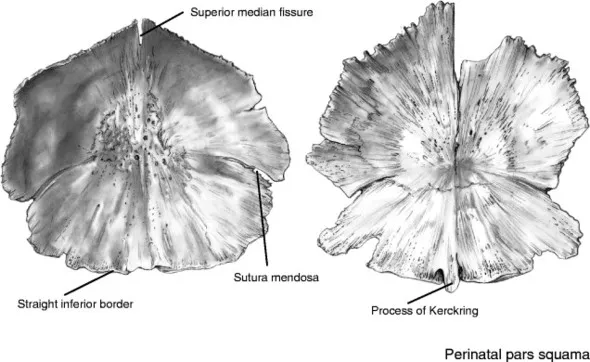
Identification
- Probably indistinguishable from fragments of other vault bones unless a characteristic part, such as the process of Kerckring, is present.
- More robust in the region of the foramen magnum than other vault bones.
Orientation
- Superior border is angled, inferior border is straight.
- Mendosal sutures are obliquely oriented in an inferolateral direction.
Pars Lateralis
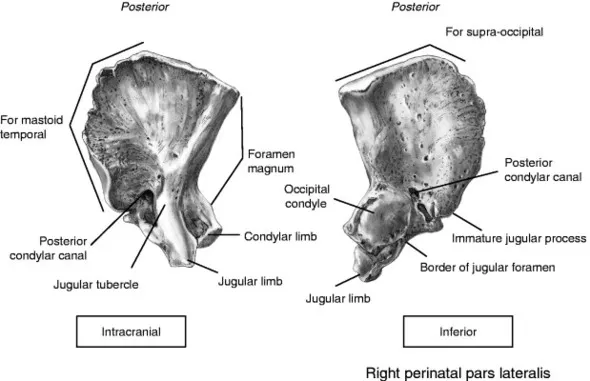
Identification
- Within a single skeleton, the scapula is much larger and its blade is more extensive than the body of the pars lateralis.
- Presence of the occipital condyles easily distinguishes the pars lateralis.
Siding
- The condylar and jugular limbs are orientated anteromedially.
- The condylar limb, as identified by the part...
Table of contents
- Cover
- Title
- Brief Table of Contents
- Table of Contents
- Copyright
- Dedication
- Preface
- Chapter 1. The Head and Neck
- Chapter 2. The Dentition
- Chapter 3. The Vertebral Column
- Chapter 4. The Thorax
- Chapter 5. The Pectoral Girdle
- Chapter 6. The Upper Limb
- Chapter 7. The Pelvic Girdle
- Chapter 8. The Lower Limb
- Chapter 9. Summaries, Recording Forms, and Practical Sequencing Information